Your cart is currently empty!
Calla Zantedeschia Aethiopica: The Arum Lily
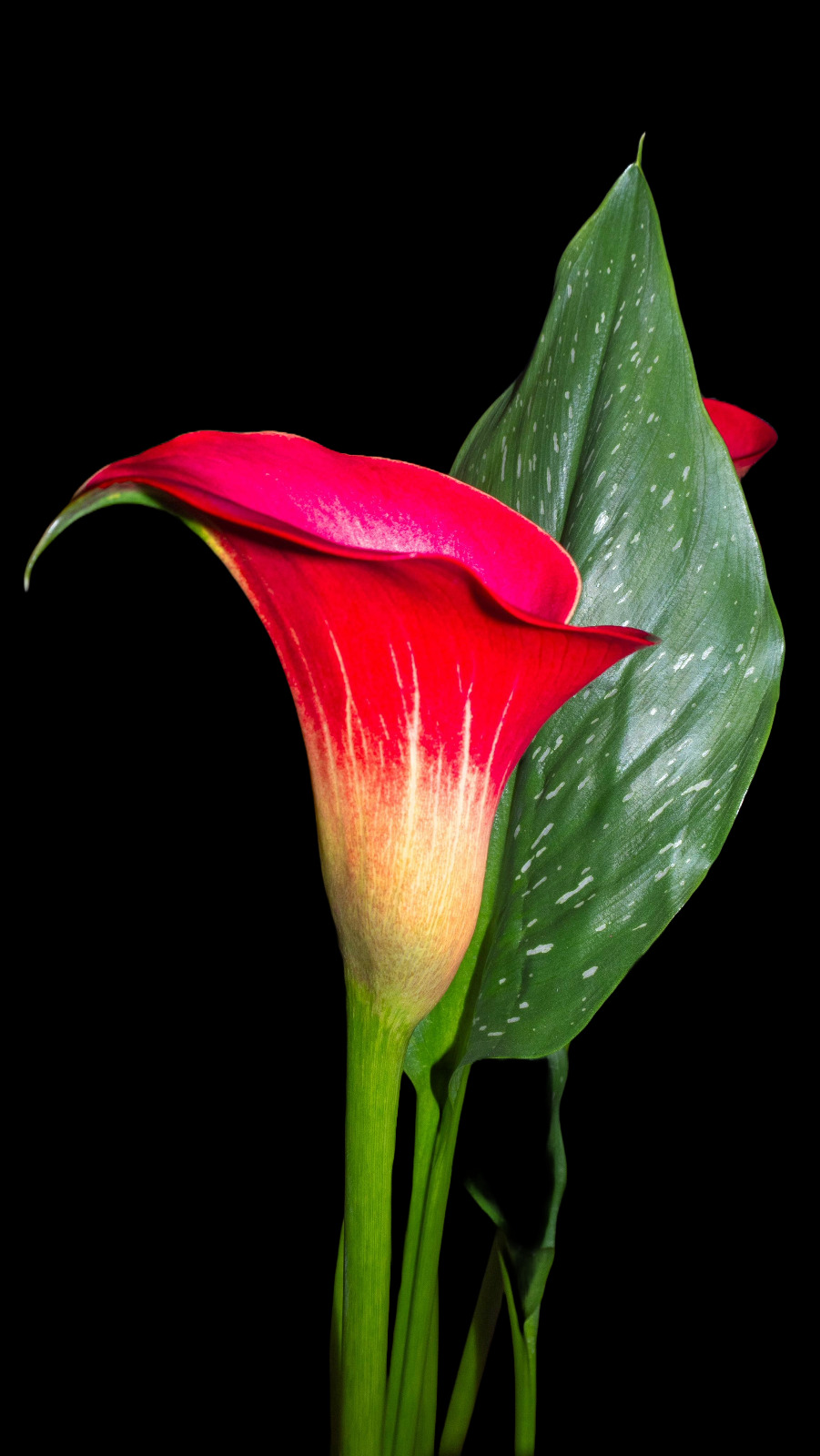
Introduction
Calla Zantedeschia Aethiopica, also known as the arum lily, is a beautiful and versatile plant known for its elegant flowers and lush foliage. This striking plant is native to South Africa but has become a popular choice for gardens and floral arrangements worldwide. In this blog post, we will delve into the fascinating world of Calla Zantedeschia Aethiopica, exploring its characteristics, cultivation requirements, uses, and cultural significance.
Characteristics
- Flowers: The arum lily is known for its distinctive flowers, which consist of a trumpet-shaped spadix enclosed by a petal-like spathe. The spadix is usually yellow or orange, while the spathe comes in various colors, including white, pink, yellow, and purple.
- Foliage: The plant produces large, glossy, arrow-shaped leaves that grow directly from the rhizome. The leaves are typically dark green but can sometimes have variegations or spots.
- Height: Depending on the variety, Calla Zantedeschia Aethiopica can grow anywhere from 1 to 3 feet tall.
Cultivation
- Soil: The arum lily prefers well-drained, moist soil rich in organic matter. It can tolerate acidic or neutral pH levels.
- Light: These plants thrive in partial shade but can also tolerate full sun if provided with adequate moisture.
- Water: Calla Zantedeschia Aethiopica requires consistent watering, especially during the growing season. The soil should be kept moist but not soggy.
- Planting: The rhizomes should be planted in the spring after the last frost, about 2-3 inches deep and 6-8 inches apart. The growing tip of the rhizome should be facing upwards.
- Fertilizer: Feed the plants regularly with a balanced fertilizer during the growing season.
Uses
- Ornamental: Arum lilies are highly prized for their decorative appeal and are often used in gardens, borders, and containers. Their bold flowers and foliage add a touch of elegance to any landscape.
- Cut Flowers: The long-lasting blooms make them a popular choice for cut flower arrangements. They can be used in bouquets, centerpieces, and other floral designs.
Cultural Significance
In many cultures, the arum lily holds symbolic meaning. It is often associated with:
- Purity: The white arum lily is a traditional symbol of purity and innocence, making it a popular choice for wedding bouquets and other special occasions.
- Resurrection: In some cultures, the arum lily is associated with the resurrection of Christ, as it often blooms around Easter.
- Mourning: In some parts of the world, the arum lily is associated with mourning and is used in funeral arrangements.
Varieties
There are numerous varieties of Calla Zantedeschia Aethiopica, each with its unique characteristics. Some popular varieties include:
- White Knight: A classic white variety with a large white spathe and a yellow spadix.
- Pink Crush: A variety with vibrant pink spathes and a yellow spadix.
- Golden Yellow: A variety with bright yellow spathes and a yellow spadix.
- Black Magic: A variety with deep purple spathes that resemble black.
Tips for Growing
- Provide adequate drainage: Arum lilies do not tolerate soggy soil. Ensure the planting site has good drainage.
- Protect from frost: The rhizomes of the arum lily are not frost-hardy. In cold climates, it’s important to mulch around the plants or dig up the rhizomes and store them indoors during the winter.
- Control pests and diseases: Arum lilies are generally pest-resistant, but they can be susceptible to aphids, mealybugs, and spider mites. Use appropriate pest control methods as needed.
- Divide and replant: Every few years, the arum lily may benefit from dividing and replanting. This helps promote vigor and prevent overcrowding.
Conclusion
Calla Zantedeschia Aethiopica is a captivating plant that adds beauty and elegance to any garden or home. With its striking flowers, lush foliage, and cultural significance, this versatile plant has earned a place in gardens and hearts worldwide. By understanding its characteristics, cultivation requirements, and uses, you can successfully grow and enjoy the beauty of the arum lily for many years to come.


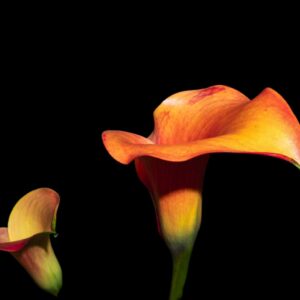
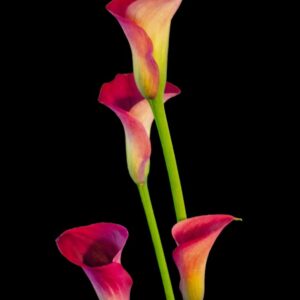


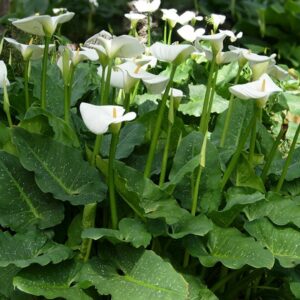
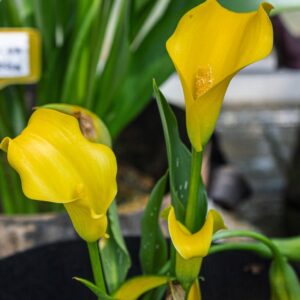
Leave a Reply